Author: Arthur Yorinks
Illustrator: Richard Egielski
Publisher and Year: Collin Publishers, 1986
Number of Pages: 27
Genre: Fiction
Analysis: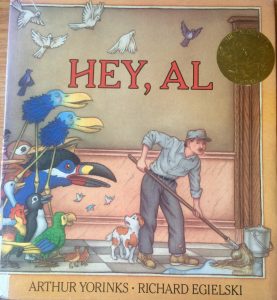
Hey, Al is a winner of the Caldecott Medal. It is a story about a janitor named Al and his dog Eddie. Al and Eddie live in a small one-room apartment and Eddie is fed up with living in a “dump” (Yorinks, page 4). One morning a giant bird comes and tells Al of a beautiful island paradise and that he will return in the morning to take Eddie and
Al to this paradise. The paradise is amazing at first but then Eddie and Al start to become birds so they flee the island and return home.
This text could function as a window, mirror and door. Since a big bird flying to someone’s door and taking a person to an island paradise is not realistic it would be considered a window for all readers. On the other hand the story talks about a person who does not have a lot of money who wishes for a better life. So this book could function as mirror for a reader who might be going through tough times. The end of this story has a message, which is “Paradise lost is sometimes Heaven found” (Yorinks, page 27). This important message is what makes this book also function as door for the readers who want to apply it to their lives. The lesson to be learned is that sometimes you will want more in life but having more might not make you happy. You must find a way to be happy with what you have. I think that this is an important lesson to be learned and the book does it in a good kid friendly manor. In the text only one race is represented which is White. This is also the only race shown since the rest of the characters are animals. Both the human and the dog seem to share equal power throughout the text, both of their ideas are taken into consideration equally. I found this important because it shows that just being we are humans doesn’t mean we have the right to treat animals poorly.
All the images within this text are beautiful. They are all framed but in every image there are things that are outside the frame. For example on the first page there is an image of Al’s apartment, which is framed. But Al is physically walking into the door of his apartment into the frame. This style makes the reader feel like they are watching the story unfold and feel a part of it since not everything is in the frame. In the beginning of the story when Al and Eddie are unhappy with their life the colors are very dull. Once they are at the paradise island the colors become brighter. At the very end when Al and Eddie find out that they actually prefer the life they had before, the last image is of Al and Eddie repainting their apartment a bright, uplifting color. I really enjoyed this story, it was fun and in the end there is a lesson to be learned from Al and Eddie’s adventure.

 Analysis:
Analysis: 
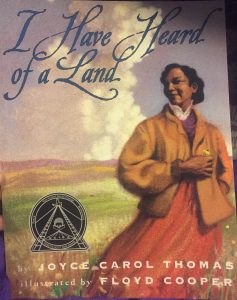
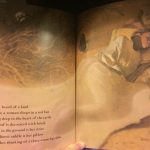
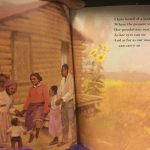
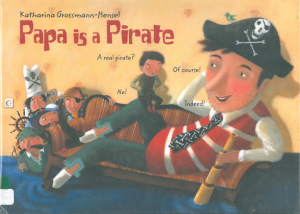
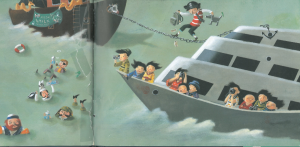


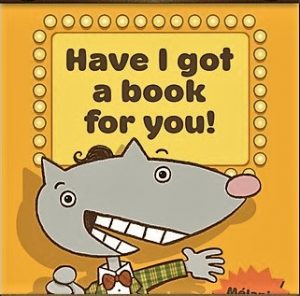
 Salesman Mr. Al Foxword claims that he can sell anyone anything, even the book that is being read. Al isn’t very convincing, but by the end of the book, the reader still feels like they have to buy the book.
Salesman Mr. Al Foxword claims that he can sell anyone anything, even the book that is being read. Al isn’t very convincing, but by the end of the book, the reader still feels like they have to buy the book.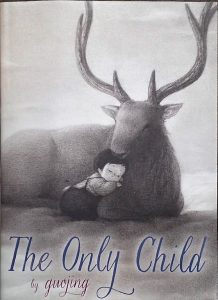
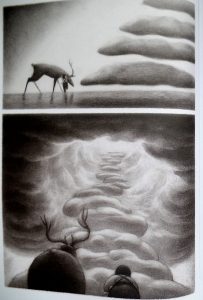 A lonely, only child runs away from home and finds a mysterious stag that takes her to a magical world. In this world, she feels loved and eventually misses home. Guojing takes us through the young girl’s journey back home to her family.
A lonely, only child runs away from home and finds a mysterious stag that takes her to a magical world. In this world, she feels loved and eventually misses home. Guojing takes us through the young girl’s journey back home to her family.
 In March: Book One John Lewis tells about the struggle he has gone through and witnessed since the beginning days of segregation. He highlights the highs and lows of the Civil Rights Movement, and how much influence he had in the process.
In March: Book One John Lewis tells about the struggle he has gone through and witnessed since the beginning days of segregation. He highlights the highs and lows of the Civil Rights Movement, and how much influence he had in the process.
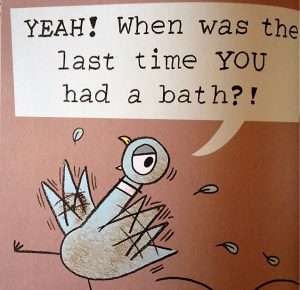 This dirty pigeon uses sarcasm and reverse psychology to get out of taking a bath. When his tactics don’t work and he is forced to take a bath, he realizes that baths aren’t so bad after all.
This dirty pigeon uses sarcasm and reverse psychology to get out of taking a bath. When his tactics don’t work and he is forced to take a bath, he realizes that baths aren’t so bad after all.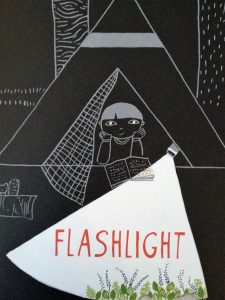
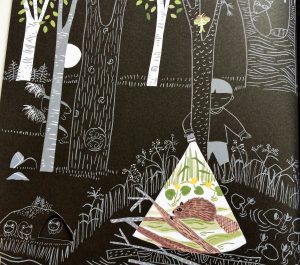 Flashlight is about a young boy who explores the mysterious world outside of his tent. What other way to experience nature than with a flashlight? Like a flashlight, this book helps us experience the beauties of nighttime nature.
Flashlight is about a young boy who explores the mysterious world outside of his tent. What other way to experience nature than with a flashlight? Like a flashlight, this book helps us experience the beauties of nighttime nature.